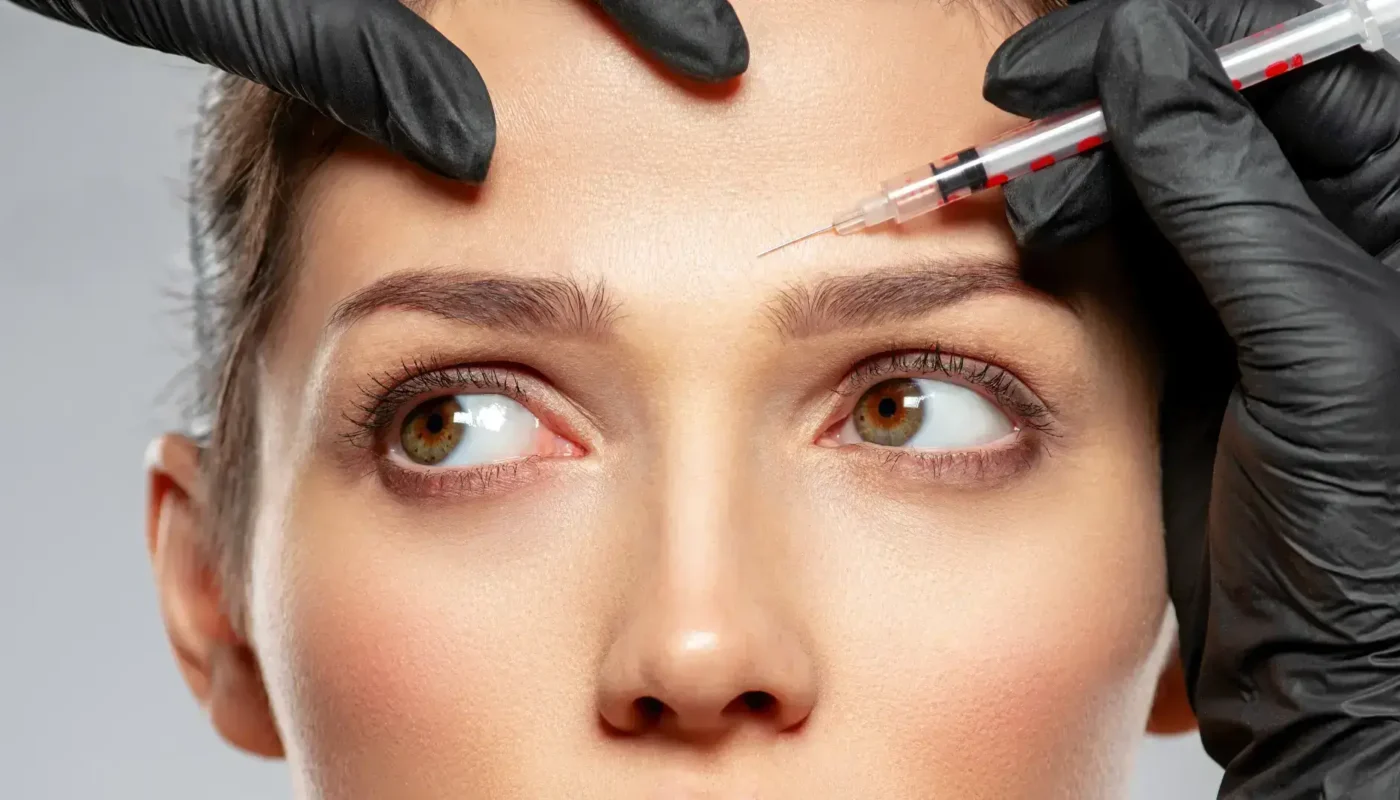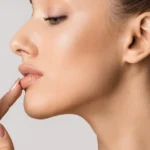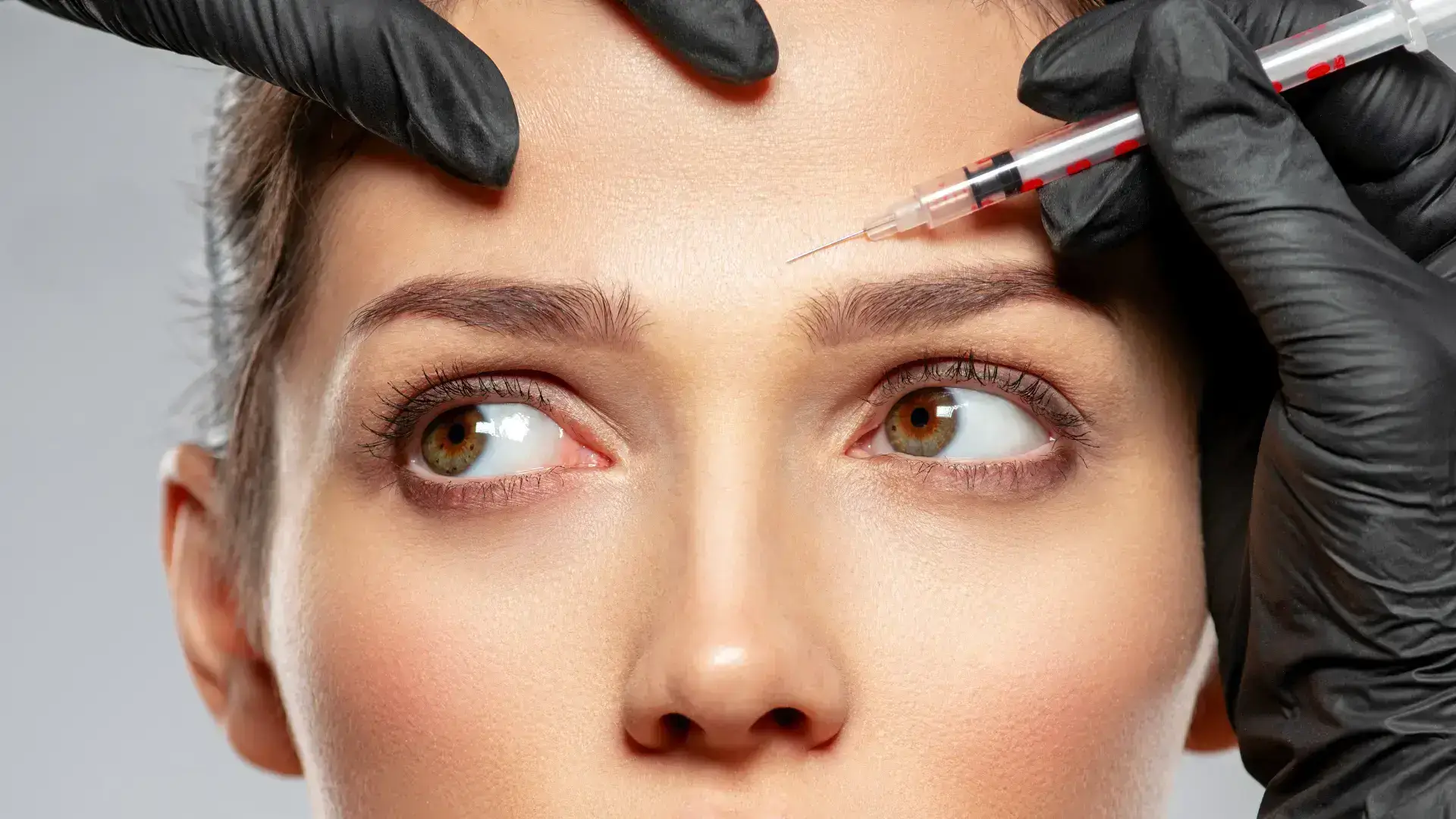
According to the American Society of Plastic Surgeons, Botox and dermal fillers collectively accounted for a staggering nine million procedures in 2015. Despite their differing mechanisms of action, these statistics highlight individuals’ significant interest in these injectable treatments for aesthetic rejuvenation and enhancement.
Among many aesthetic options available, brands such as Botox and Restylane’s hyaluronic acid fillers have earned patients’ trust due to their ability to deliver safe and effective results for aesthetic enhancements. Fortunately, medical professionals’ expertise can determine which treatment best aligns with an individual’s needs, aesthetic goals, and expectations.
This article will analyze the differences between Restylane vs Botox, dermal filler, and neuromodulator uses, how each product works, its specific uses, and the conditions it treats.
Key Takeaways
- While Restylane offers temporary volumization and contouring, Botox only focuses on halting repeated muscle activity to temporarily reduce the appearance of aging signs.
- Restylane is often used to enhance lips, cheeks, and nasolabial folds, while Botox treats wrinkles on the forehead, glabellar lines, and crow’s feet.
- A thorough consultation with a trusted healthcare provider allows them to determine which treatment can benefit patients while considering their health, aesthetic goals, and treatment expectations.
- Botox and Restylane offer benefits such as minimal downtime, natural-looking results, immediate improvements, and overall facial rejuvenation.
- With medical professionals’ help, Restylane and Botox complement each other’s effects, providing a more comprehensive approach to wrinkle reduction.
About: Medica Depot is your trusted all-in-one supplier, offering a range of high-quality medical injectables and supplies. Buy Restylane wholesale at Medica Depot today! Whether for health professionals, plastic surgeons, dermatologists, licensed estheticians, or other specialists, we can offer genuine, brand-name products you may need. With Medica Depot, we prioritize serving you better to improve the patient’s quality of lifi e.
Mechanism of Action
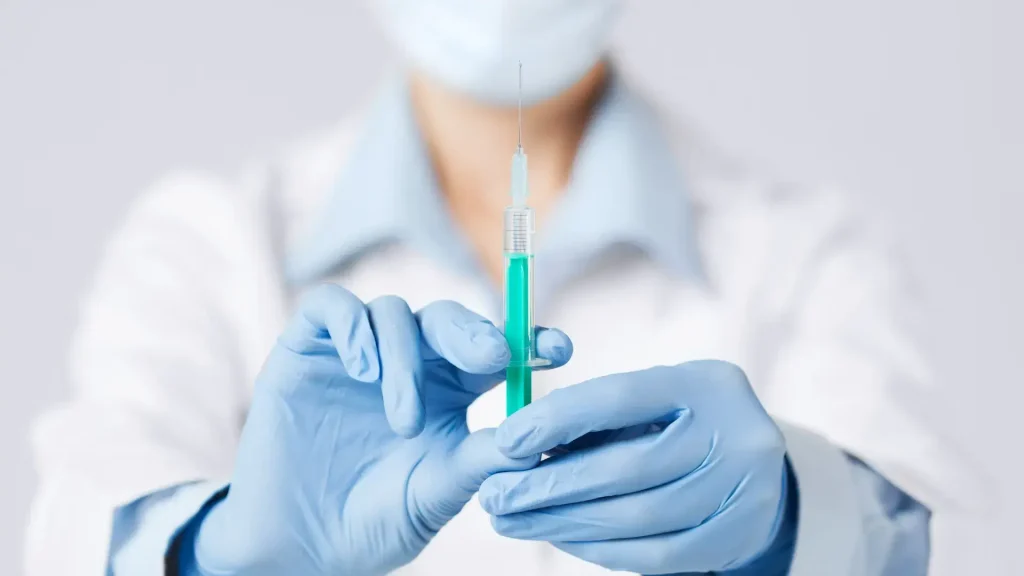
Each aesthetic product offers different mechanisms of action that exhibit safety and efficacy. Hyaluronic acid (HA) dermal filler and neuromodulator injections work in other ways, like Restylane and Botox. The mechanism of action refers to the specific biochemical interaction through which a substance produces its pharmacological effect.
Restylane is a dermal filler made of hyaluronic acid. It uses clear gel formulations designed closest to the body’s hyaluronic acid (HA) with minimal crosslinking. Restylane utilizes two patented technologies for its HA solutions: Non-Animal Stabilized HA (NASHA) and XpresHAn. Once injected, these technologies allow natural movement, expression, precision, and structure.
Meanwhile, Botox Cosmetic is a neuromodulator that blocks neurotransmitter release at the neuromuscular junction, leading to temporary muscle paralysis. Botox capitalizes on this specific action and reduces the appearance of fine lines and wrinkles, offering smoother, younger-looking skin.
Despite the difference in their mechanisms of action, their processes can effectively correct moderate to severe wrinkles, folds, or other aging signs. While Restylane offers temporary volumization and contouring, Botox only focuses on halting repeated muscle activity to temporarily reduce the appearance of aging signs.
Specific Uses and Conditions Treated
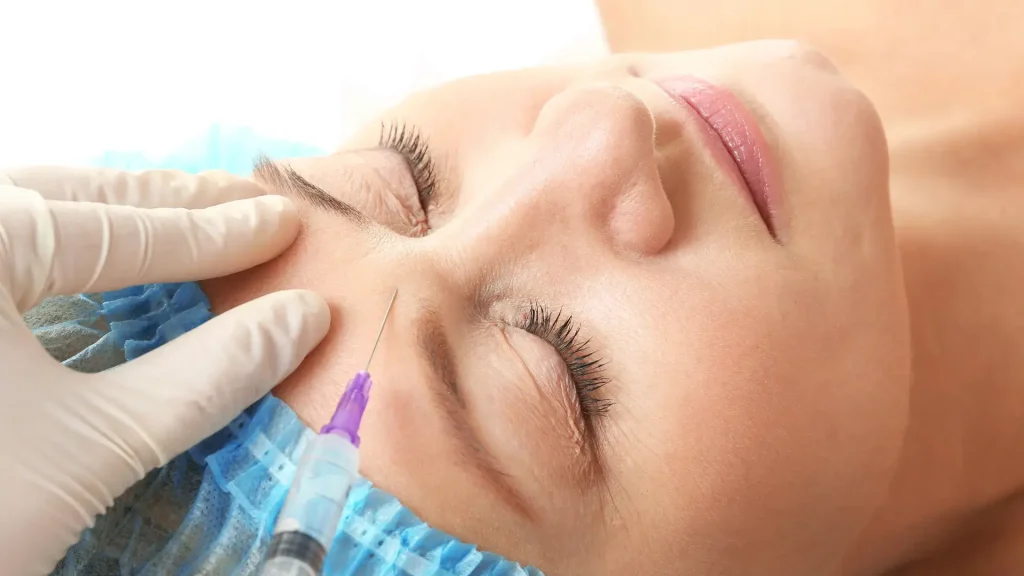
Restylane and Botox treat various conditions, but the latter also has therapeutic uses. Restylane is often used to enhance lips, cheeks, and nasolabial folds, while Botox treats wrinkles on the forehead, glabellar lines, and crow’s feet.
Hyaluronic acid dermal fillers like Restylane or Juvederm provide a collection of injectables to address various facial skin concerns. They can smooth wrinkles and fine lines and enhance facial contours and regions like lips, cheeks, and chin. The common uses are Restylane tear trough, Restylane for nasolabial folds, and Restylane marionette lines.
- Under-Eye Hollows and Shadows
- Lip Augmentation
- Cheek Augmentation
- Chin Augmentation
- Softens Wrinkles and Fine Lines
- Lip, Chin, and Cheek Contour or Shape
Botox Cosmetic capitalizes on botulinum toxin, which blocks nerve signals from reaching the muscles. When injected, it relaxes the muscles that cause wrinkles, softening their appearance. It targets the signs of aging, such as moderate to severe frown lines, crow’s feet, and forehead lines found in various facial regions.
- Frown Lines
- Crow’s Feet
- Forehead Lines
- Other Wrinkles or Lines
Integrating Restylane and Botox in Practice

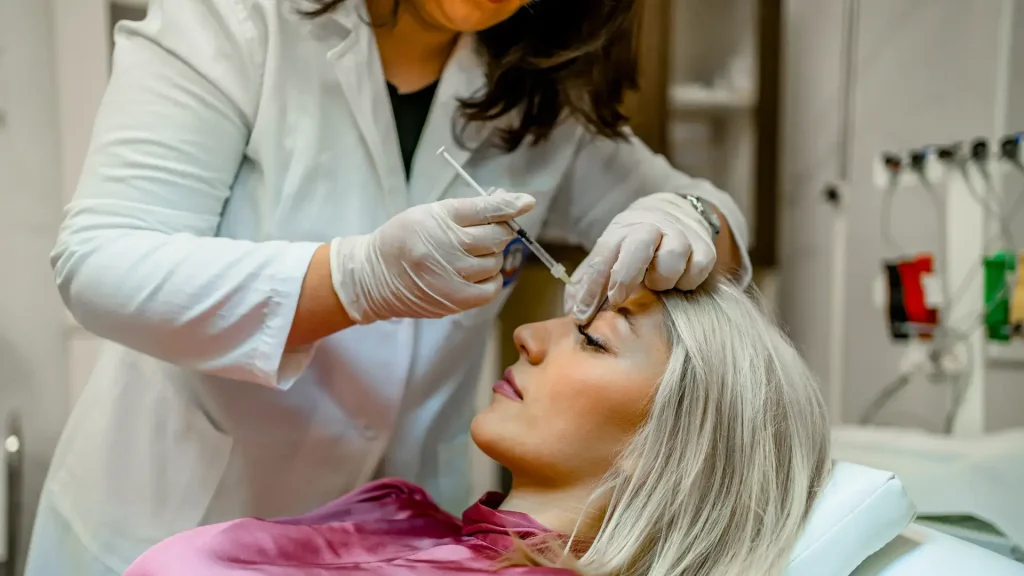
Medical professionals can help patients choose the most suitable treatment for their facial skin concerns. A thorough consultation with a trusted healthcare provider allows them to determine which treatment can benefit patients while considering their health, aesthetic goals, and treatment expectations.
Both are non-surgical interventions and are commonly integrated into cosmetic dermatology practices. Restylane and Botox complement each other’s effects, providing a more comprehensive approach to wrinkle reduction. While Botox targets the underlying muscle contractions that cause wrinkles, Restylane fills in the creases and plumps up the skin. Nonetheless, they offer benefits such as:
- Minimal Downtime
- Natural-Looking Results
- Immediate Improvements
- Overall Facial Rejuvenation
Healthcare providers can seamlessly integrate Restylane and Botox for comprehensive facial rejuvenation. It’s worth noting that individuals must seek providers’ expertise to assist them throughout their treatment process. Moreover, these medical professionals know the best practices to ensure they deliver the best treatment outcome to patients.
- Tailored Treatment Plan: Medical professionals can help patients by tailoring treatment plans according to individual patient needs and goals to achieve satisfaction.
- Knowledge of Facial Anatomy: Understanding facial anatomy and maintaining a keen aesthetic sense ensure optimal outcomes.
- Patient Knowledge: Healthcare providers must provide comprehensive knowledge about Restylane and Botox treatments, including the benefits, treatment process, and potential risks.
Conclusion
Restylane and Botox, while both used in cosmetic dermatology, are not the same. They have distinct mechanisms of action, with Restylane acting as a dermal filler to add volume and smooth wrinkles and Botox working as a neuromodulator to relax muscles and reduce the appearance of wrinkles.
Although their specific uses and treated conditions differ, Restylane and Botox offer a comprehensive approach to facial rejuvenation when integrated into practice. While different, their combined use can provide complementary benefits, enhancing the overall aesthetic outcome. However, patients must seek the help of medical professionals to understand Restylane and Botox’s processes and how they can integrate them.
FAQs
- What are the key differences between Restylane and Botox?
Restylane is a hyaluronic acid dermal filler that enhances facial contours, while Botox is a neuromodulator that temporarily paralyzes muscles to reduce the appearance of wrinkles.
- What are the specific uses of Restylane and Botox?
Restylane has nine various injectables, each with specific approved uses. They can add volume and enhance lips, cheeks, and nasolabial folds, while Botox treats wrinkles on the forehead, glabellar lines, and crow’s feet.
- How can Restylane and Botox be integrated into practice?
Restylane and Botox can be integrated for comprehensive facial rejuvenation, complementing each other’s effects. This provides a more comprehensive approach to wrinkle reduction, offering benefits such as minimal downtime and natural-looking results.
References
- American Society of Plastic Surgeons. (2016, February 25). New Statistics Reflect the Changing Face of Plastic Surgery. American Society of Plastic Surgeons; American Society of Plastic Surgeons. https://www.plasticsurgery.org/news/press-releases/new-statistics-reflect-the-changing-face-of-plastic-surgery
- Botox Frequently Asked Questions | BOTOX® Cosmetic. (n.d.). Www.botoxcosmetic.com. Retrieved June 3, 2024, from https://www.botoxcosmetic.com/what-is-botox-cosmetic/frequently-asked-questions
Clinical aesthetics products refer to a category of products used in the field of medical aesthetics or cosmetic dermatology. These products are typically designed and formulated to be used under the supervision of healthcare professionals, such as dermatologists, plastic surgeons, or trained aestheticians. They are distinct from over-the-counter cosmetics in that they often contain active ingredients or formulations that require expertise in their application or administration.
Examples of clinical aesthetics products include:
-
Dermal Fillers: Injectable substances used to add volume, smooth wrinkles, and enhance facial contours. Examples include hyaluronic acid fillers like Juvederm and Restylane.
-
Botulinum Toxin (Botox): Injectables that temporarily paralyze facial muscles to reduce the appearance of wrinkles caused by repetitive movements, such as frown lines and crow's feet.
-
Chemical Peels: Solutions applied to the skin to exfoliate and improve its texture. They can treat acne, pigmentation issues, and signs of aging.
-
Laser and Light Therapies: Devices that emit focused light or laser energy to treat various skin conditions, including acne, scars, and signs of aging.
-
Prescription Skincare Products: Formulations containing active ingredients like retinoids (vitamin A derivatives), hydroquinone, or prescription-strength antioxidants to address specific skin concerns under medical supervision.


